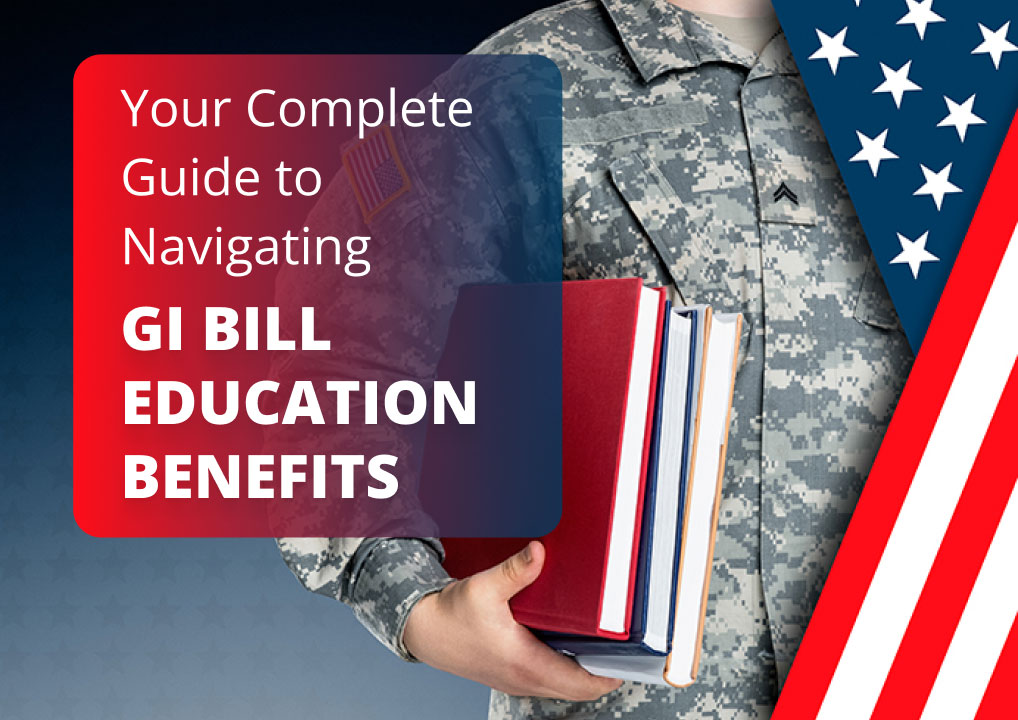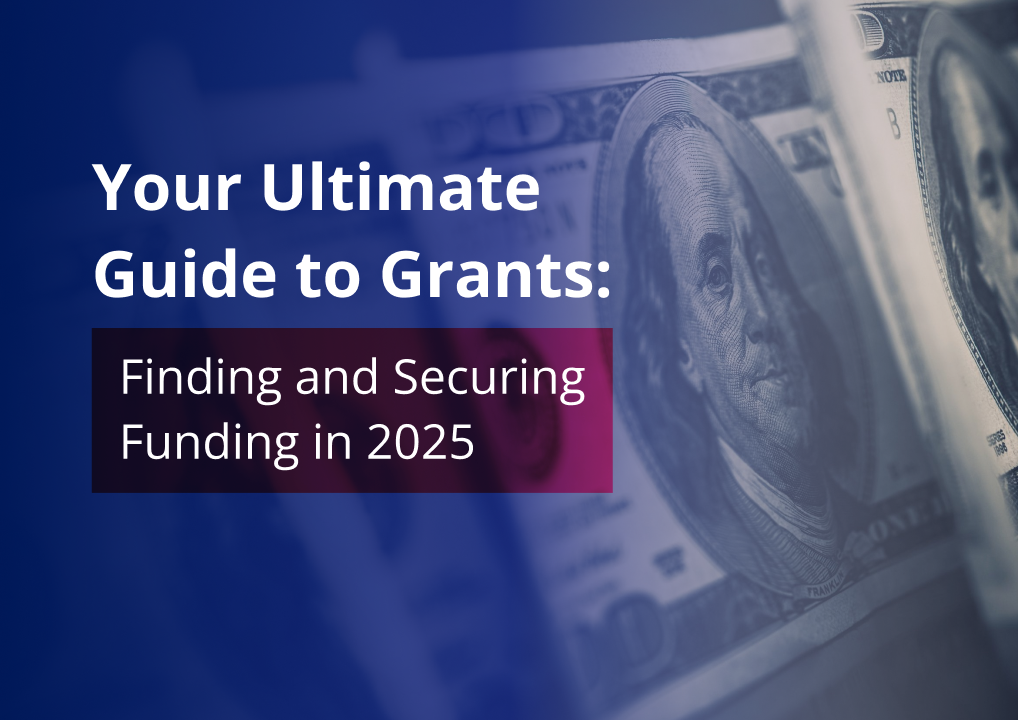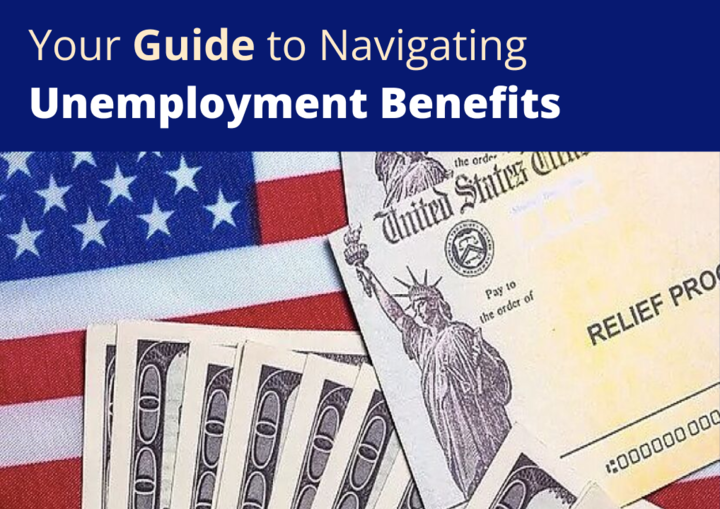Understanding Your Educational Pathway
Since 1944, the GI Bill has been transforming veterans’ lives by providing crucial financial support for education and training opportunities. This historic program helps qualifying veterans and their family members access funds that cover all or some costs for schooling and training. Today’s modernized benefits offer more flexibility and options than ever before.
The Post-9/11 GI Bill, Montgomery GI Bill Active Duty (MGIB-AD), and other VA education benefits programs provide service members, veterans, and their families with pathways to civilian careers through higher education, vocational training, and professional certifications.
Example: Captain Michael Rodriguez served 8 years of active duty, including deployments to Afghanistan. Upon returning to civilian life, he used his Post-9/11 GI Bill benefits to complete a Bachelor’s degree in Electrical Engineering and later obtained an MBA, all without incurring
student loan debt.
Who Qualifies for GI Bill Benefits?
Eligibility for GI Bill benefits varies depending on service history, discharge status, and specific program requirements. The table below outlines basic eligibility criteria for major programs:
Veterans with multiple qualifying periods of active duty may now qualify for up to 48 months of entitlement if eligible for both Post-9/11 GI Bill and Montgomery GI Bill Active Duty programs. This expansion represents a significant opportunity for those with diverse service records.
Example: Staff Sergeant Jennifer Williams served 4 years in the Army (2005-2009), then joined the Army Reserve while using her Montgomery GI Bill benefits to complete an Associate’s degree. After being recalled to active duty in 2014 for 12 months, she became eligible for Post9/11 GI Bill benefits as well. Under the Rudisill decision, she may now qualify for combined benefits up to 48 months, allowing her to pursue a Bachelor’s degree and professional certification.
Post-9/11 GI Bill: The Cornerstone Benefit
For those who served after September 10, 2001, the Post-9/11 GI Bill provides the most comprehensive benefits package, including:
Tuition and Fee Coverage
- Public Schools: 100% of in-state tuition and fees
- Private/Foreign Schools: Up to $27,120 per academic year (amount adjusts annually)
- Vocational Schools: Same coverage as degree programs
Example: Marine veteran Carlos Mendez attends University of Texas at Austin. His Post-9/11 GI Bill covers 100% of his in-state tuition ($11,752 annually) and mandatory fees, allowing him to focus on his studies without financial stress.
Housing Allowance
- Based on E-5 with dependents BAH rate for school's ZIP code
- Prorated based on enrollment status (full-time, part-time)
- Online-only students receive half the national average
Example: Navy veteran Aisha Johnson attends Columbia University in New York City (ZIP code 10027) as a full-time student. She receives a monthly housing allowance of approximately $3,700 to help cover the high cost of living in Manhattan.
Books and Supplies Stipend
- Up to $1,000 annually
- Paid proportionally each term
- Direct deposit to student
Example: Air Force veteran Thomas Chen receives $500 at the beginning of fall semester and $500 for spring semester to purchase textbooks and required materials for his computer science program.
Yellow Ribbon Program Enhancement
- Eliminates or reduces out-of-pocket costs for tuition exceeding the Post-9/11 GI Bill cap
- School contributes a specified amount; VA matches it
- Must attend at 100% benefit level
Example: Army veteran Rebecca Foster attends Stanford University, which has tuition of $56,169 per year. The Post-9/11 GI Bill covers $27,120, and through the Yellow Ribbon Program, Stanford contributes $15,000 and the VA matches with another $15,000, covering her full tuition.
Detailed Breakdown of How Your Benefits Can Be Used
GI Bill benefits extend far beyond traditional college programs. Your benefits can help pay for diverse educational paths including degree programs, specific trade training, national testing costs, and preparatory courses. This versatility means veterans can pursue exactly the type of education that aligns with their career goals.
Traditional College and University Programs
- Associate Degrees: Two-year programs at community colleges
- Bachelor's Degrees: Four-year undergraduate programs
- Graduate Degrees: Master's and doctoral programs
- Professional Schools: Medical, law, and business programs
Example: Coast Guard veteran Daniel Murphy is using his GI Bill benefits to attend Georgetown Law School, saving over $62,000 per year in tuition costs.
Vocational and Technical Training
- Trade Schools: Welding, HVAC, automotive repair
- Technical Certificates: IT certifications, healthcare technology
- Culinary Arts: Professional cooking and baking programs
- Commercial Driving: CDL and specialized vehicle operation
Example: Marine Corps veteran Sarah Bennett enrolled in a 9-month welding program at Lincoln Technical Institute. Her GI Bill covered the $19,500 tuition, provided a monthly housing allowance of $1,800, and included the book stipend, helping her transition to a career with a starting salary of $55,000.
Apprenticeships and On-the-Job Training
- Formal Apprenticeships: Plumbing, electrical, carpentry
- Corporate Training Programs: Many Fortune 500 companies offer approved OJT
- Law Enforcement: Police academy and field training
- Healthcare: Paramedic, nursing assistant, and other allied health roles
Example: Army veteran Miguel Gonzalez entered an electrical apprenticeship program with IBEW Local 134 in Chicago. While earning $20 per hour as an apprentice, he also received a declining scale of GI Bill benefits (100% for first six months, 80% for second six months, etc.) to supplement his income during training.
Licensing and Certification Programs
- IT Certifications: CompTIA, Cisco, Microsoft
- Healthcare Credentials: Medical coding, phlebotomy, EKG technician
- Financial Services: Series 7, CFP, insurance licensing
- Skilled Trades: Contractor licensing, inspector certifications
Example: Air Force veteran Lisa Chen used her GI Bill to cover the $12,000 cost of a cybersecurity certification program, including CISSP and CEH credentials, which helped her secure a position with a $95,000 starting salary.
Entrepreneurship and Self-Employment Training
- Small Business Management: Programs focusing on business formation
- Industry-Specific Training: Real estate, insurance, financial services
- Franchise Preparation: Training for franchise ownership
- Vocational Agriculture: Farm and ranch management training
Example: Navy veteran Robert Jackson used his benefits to complete a comprehensive real estate program covering licensing, business development, and specialized training in commercial property management, helping him launch his own brokerage.
Flight Training Programs
- Commercial Pilot Training: Fixed wing and rotary aircraft
- Dispatcher Certification: Flight operations management
- Aircraft Maintenance: A&P mechanic certification
- Air Traffic Control: FAA-approved ATC programs
Example: Army helicopter pilot Jessica Martinez transitioned to civilian aviation by using her GI Bill for commercial pilot certification and type ratings, covering 60% of the $70,000 training cost while receiving a housing allowance.
Special Programs to Maximize Your Benefits
Yellow Ribbon Program
The Yellow Ribbon Program allows institutions to voluntarily enter agreements with VA to fund tuition expenses exceeding the highest public in-state undergraduate rate. Participating schools contribute a portion of those expenses, and VA matches that amount, potentially covering the full cost of attendance at private or out-of-state institutions.
Participation Levels Vary By School:
- Full Coverage Schools: Some institutions offer unlimited Yellow Ribbon spots and maximum contribution amounts
- Limited Slots: Other schools may offer only a certain number of Yellow Ribbon spots each year
- Program-Specific: Some schools offer Yellow Ribbon for specific programs only
STEM Scholarship (Edith Nourse Rogers STEM Scholarship)
This program provides additional support for students in science, technology, engineering, and mathematics fields. This scholarship can provide up to 9 months of additional assistance in designated areas for those who have exhausted their Post-9/11 GI Bill benefits.
Eligibility Requirements:
- Pursuing a STEM degree requiring more than 128 semester hours
- Have completed at least 60 semester hours toward your STEM degree
- Have or will exhaust your Post-9/11 GI Bill benefits within 180 days
VET TEC (Veteran Employment Through Technology Education Courses)
A five-year pilot program that matches veterans with high-tech training providers. This program doesn’t use your GI Bill entitlement but requires you to have at least one day of remaining GI Bill eligibility.
Program Features:
- Covers full tuition for approved programs
- Provides housing stipend during training
- Focuses on high-demand technology careers
Personalized Career Planning and Guidance (Chapter 36)
This program offers free educational and career counseling to help you:
- Choose a career path
- Find a training program or school
- Access resources to achieve career goals
Tools to Help You Decide
Making informed decisions about your education is crucial. These resources can help:
1. GI Bill Comparison Tool
Features:
- Estimates tuition, housing, and book stipends based on your eligibility
- Displays Yellow Ribbon participation information
- Shows student veteran outcomes at each institution
- Provides caution flags for schools with compliance issues
Access it at: VA.gov/gi-bill-comparison-tool
Example Usage: Former Corporal Rachel Silva used the comparison tool to evaluate three different MBA programs. She discovered that while one private university had higher tuition, their generous Yellow Ribbon contribution would actually make it more affordable than her state university option.
2. VA Accredited Representatives
Get personalized guidance on applying for and using your benefits from trained professionals.
Types of Representatives:
- Veterans Service Officers (VSOs)
- State Veterans Affairs offices
- School certifying officials
- VA educational counselors
3. Statement of Benefits
Check your remaining eligibility and usage through your VA account.
How to Access:
- Log in to VA.gov
- Go to "Education" section
- Select "Statement of Benefits"
Step-by-Step Process for Successfully Using Your Benefits
1. Determine Your Eligibility
- Review your discharge papers (DD-214)
- Calculate your qualifying service time
- Request your Certificate of Eligibility from VA
2. Research Approved Programs
- Verify school and program are VA-approved
- Research program outcomes and employment rates
- Consider geographic location and housing allowance rates
3. Apply for Your Specific Benefit
- Complete VA Form 22-1990 (first-time applicants)
- Complete VA Form 22-1995 (for changing programs)
- Submit supporting documentation as required
4. Verify Your Enrollment
- Provide Certificate of Eligibility to school certifying official
- Confirm enrollment certification sent to VA
- Set up monthly enrollment verification if required
5. Monitor Your Benefits
- Track remaining entitlement
- Report enrollment changes promptly
- Submit verification of attendance as required
Getting Support When You Need It
The path to using your education benefits shouldn’t be navigated alone. Resources available include:
VA Education Call Center
- Phone: 1-888-GIBILL-1 (1-888-442-4551)
- Hours: Monday-Friday, 8:00 AM to 7:00 PM Eastern Time
- Services: Eligibility questions, payment issues, application assistance
School Certifying Officials
- Located in most institutions' financial aid or veterans affairs offices
- Certified by VA to handle GI Bill processing
- Expert knowledge of institutional policies and VA requirements
Veterans Service Organizations
- Organizations like American Legion, VFW, DAV, and Student Veterans of America
- Provide free assistance with applications and appeals
- Advocate for veterans facing bureaucratic challenges
Making the Most of Your Benefit
Your GI Bill benefit represents a significant investment in your future. To maximize its value:
Strategic Planning Approaches
- Front-loading Expensive Programs: Use Post-9/11 GI Bill for higher-cost portions of your education
- Combining with Scholarships: Pursue merit and need-based aid to extend benefits
- Leveraging Yellow Ribbon: Target schools with generous Yellow Ribbon contributions
- Using Breaks Strategically: Plan enrollment to minimize housing allowance gaps
Benefit Optimization Strategies
- Transfer Benefits Strategically: If eligible, carefully consider family member transfer options
- Continue Working While Studying: Supplement benefits with employment income
- Explore Accelerated Programs: Complete degrees faster to preserve entitlement
- Consider Study Abroad Options: GI Bill can cover approved international programs
Example: Marine Corps veteran Thomas Wilson transferred 18 months of his Post-9/11 GI Bill to each of his two children, while using the remaining 12 months to complete a professional certification program that doubled his civilian income.
Remember that these benefits were earned through your service and sacrifice. They provide not just financial assistance, but a pathway to new opportunities and career advancement that honors your contribution to our nation.
Additional Resources and Latest Updates
For the most current information about your benefits, eligibility requirements, and application processes, visit VA.gov or speak directly with a VA representative. Education benefits evolve with new legislation, so staying informed about the latest changes ensures you receive every benefit you’ve earned.
Recent Legislative Changes
- Forever GI Bill: Eliminated time limits for newer veterans
- Rudisill Decision: Potential increased entitlement for dual-eligible veterans
- COVID-19 Protections: Safeguards for benefits during pandemic disruptions
- STEM Extension: Additional benefits for high-demand technical fields
State-Specific Benefits
Many states offer additional veterans’ education benefits that can supplement federal GI Bill programs.
Common State Benefits:
- In-state tuition for all veterans regardless of residency
- State scholarships or grants for veterans
- Tuition waivers at state schools
- Credits for military training and experience
Example: Texas veteran Carlos Mendez uses the Hazlewood Act in addition to his GI Bill, which provides up to 150 credit hours of tuition exemption at Texas public institutions. This allows him to save his GI Bill benefits for graduate school while completing his undergraduate degree tuition-free.
By understanding the full spectrum of benefits available and planning strategically, you can leverage your GI Bill to achieve educational and career goals that might otherwise be financially out of reach.







